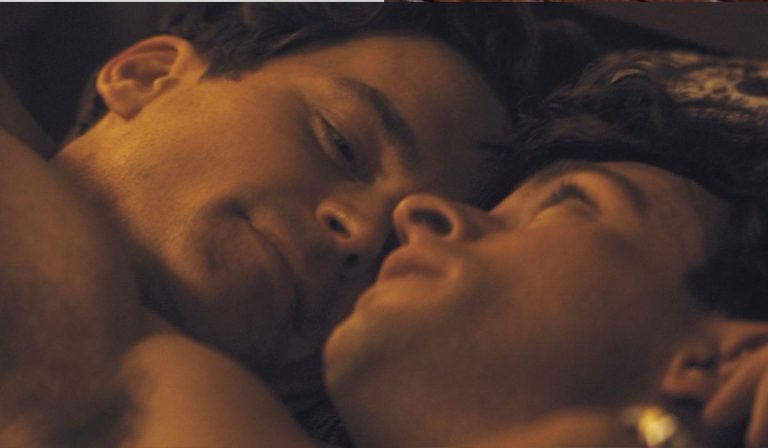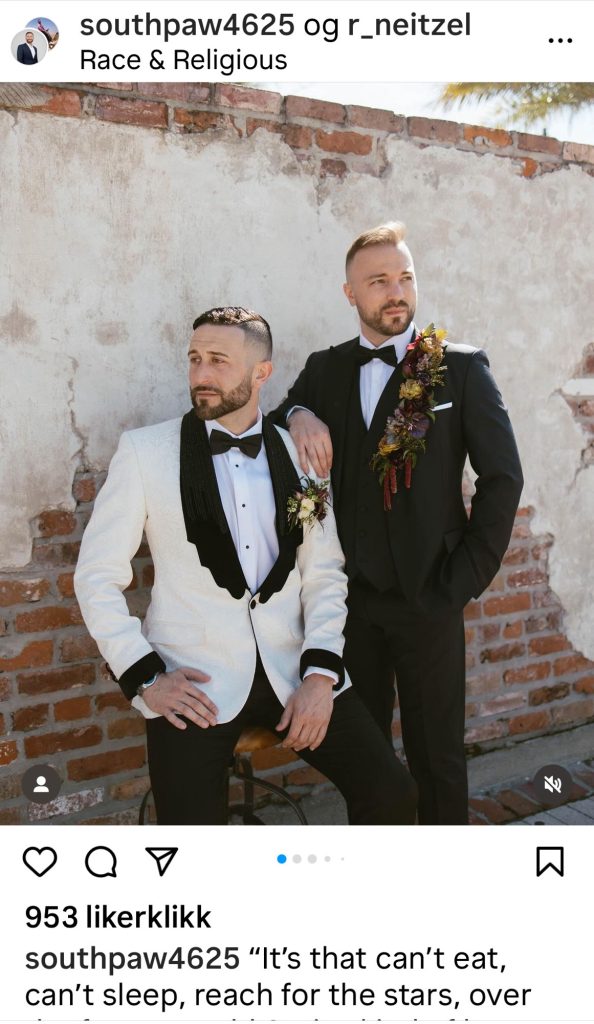Matt Bomer, Hollywood’s gifted and unapologetically out gay leading man, has been quite busy lately. In an interview with Deadline, Bomer spoke eloquently about his life, his career, and his recent projects which include “Fellow Travelers,” a limited series, and “Maestro,” where he co-stars with Bradley Cooper and Carrie Mulligan.
There’s even buzz about a potential revival of the beloved show “White Collar.”
Bomer, who openly speaks about the importance of being a role model for the LGBTQ+ community, brought up his days as an up-and-coming actor in Hollywood.
He shared hilarious anecdotes about working on the set of Magic Mike and his greenness at the time. He also mentioned some behind-the-scenes tidbits, proving once again that just because you’re on a movie set doesn’t mean you know all the tricks of the trade!
“Fellow Travelers” and “Maestro” allowed Bomer to explore characters who have to navigate their identities and relationships in restrictive societal times.
“Fellow Travelers,” based on the book of the same name, drew him in immediately. This series broadens the scope of the book, taking us into the politically charged world of the ’50s to the AIDS crisis in the ’80s.
Bomer explained that every person involved with the project, from actors to costume designers, had a real personal investment in the story, and the specificity of the series demanded much of the cast emotionally.
For Bomer, the intimate scenes between his character and Jonathan Bailey’s, while demanding and intense, were crucial to portraying their relationship and navigating the societal challenges they faced.
Related: Matt Bomer and Jonathan Bailey Bonded for Life Through Toe Sucking
He also delved into “Maestro,” where he plays David Oppenheim alongside Bradley Cooper’s Leonard Bernstein.
The difference between these characters, Oppenheim’s transparency and Maestro’s Rozenkrantz’s strictly private nature, created an interesting dynamic for him.
While his Sky’s the limit career is impressive, what we love about Matt Bomer is his unwavering support and standing within the LGBTQ+ community.
From losing 50 pounds to portray an AIDS victim in the Emmy-winning “The Normal Heart”, to his candid advocacy for gay rights and equal opportunities for LGBTQ+ actors, he’s proving that he’s not only an incredible talent but a proud gay icon that has our community’s back.
Will the rumors about a revival of “White Collar” prove to be true? We certainly hope so.
And will we get to see more of Bomer’s hot dance moves a la Magic Mike? Let’s keep our fingers crossed!
Regardless of what’s next, consider our calendars marked and our various streaming subscriptions renewed – we wouldn’t miss it for the world!
Related: Matt Bomer: The Rise of a Gay Icon










